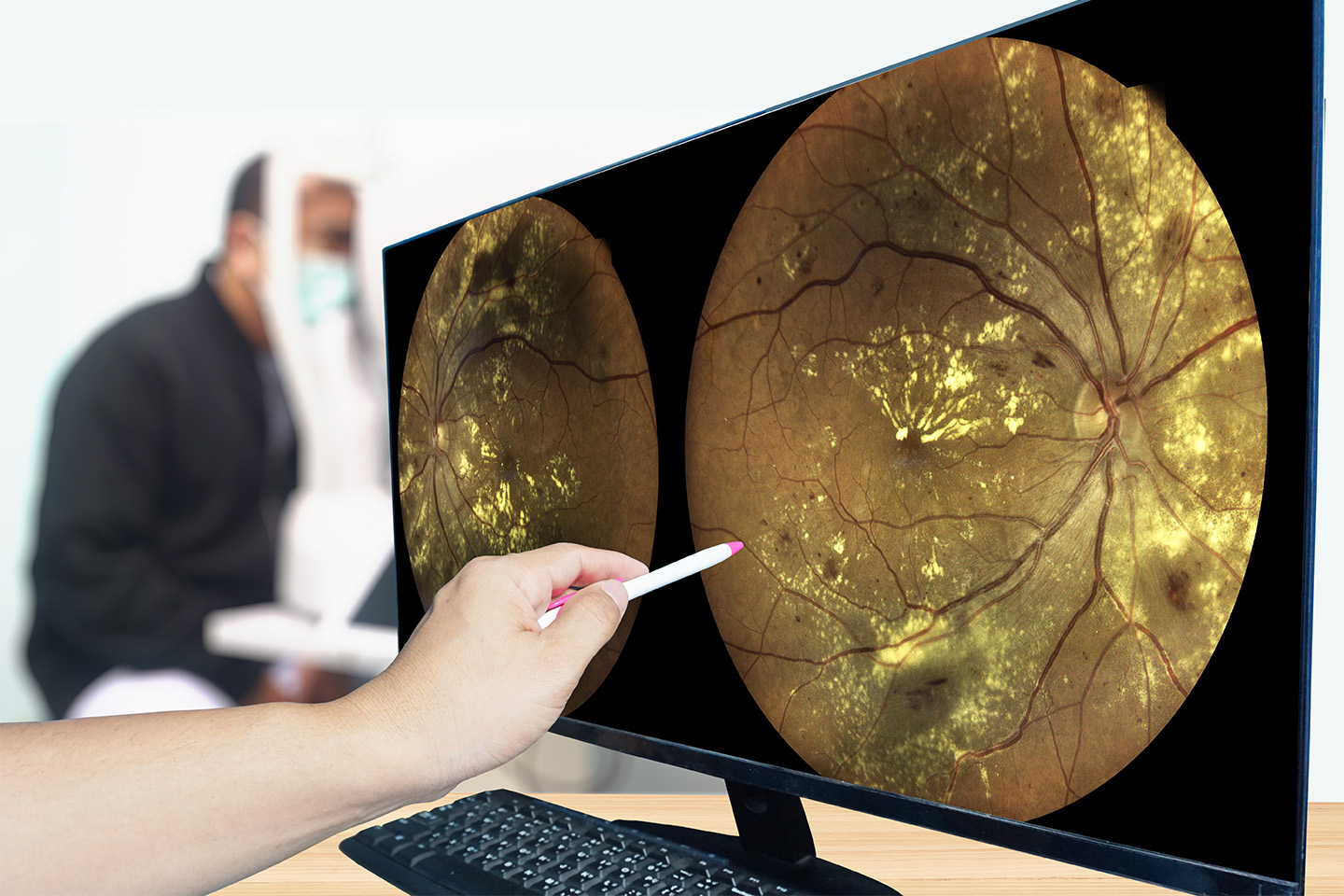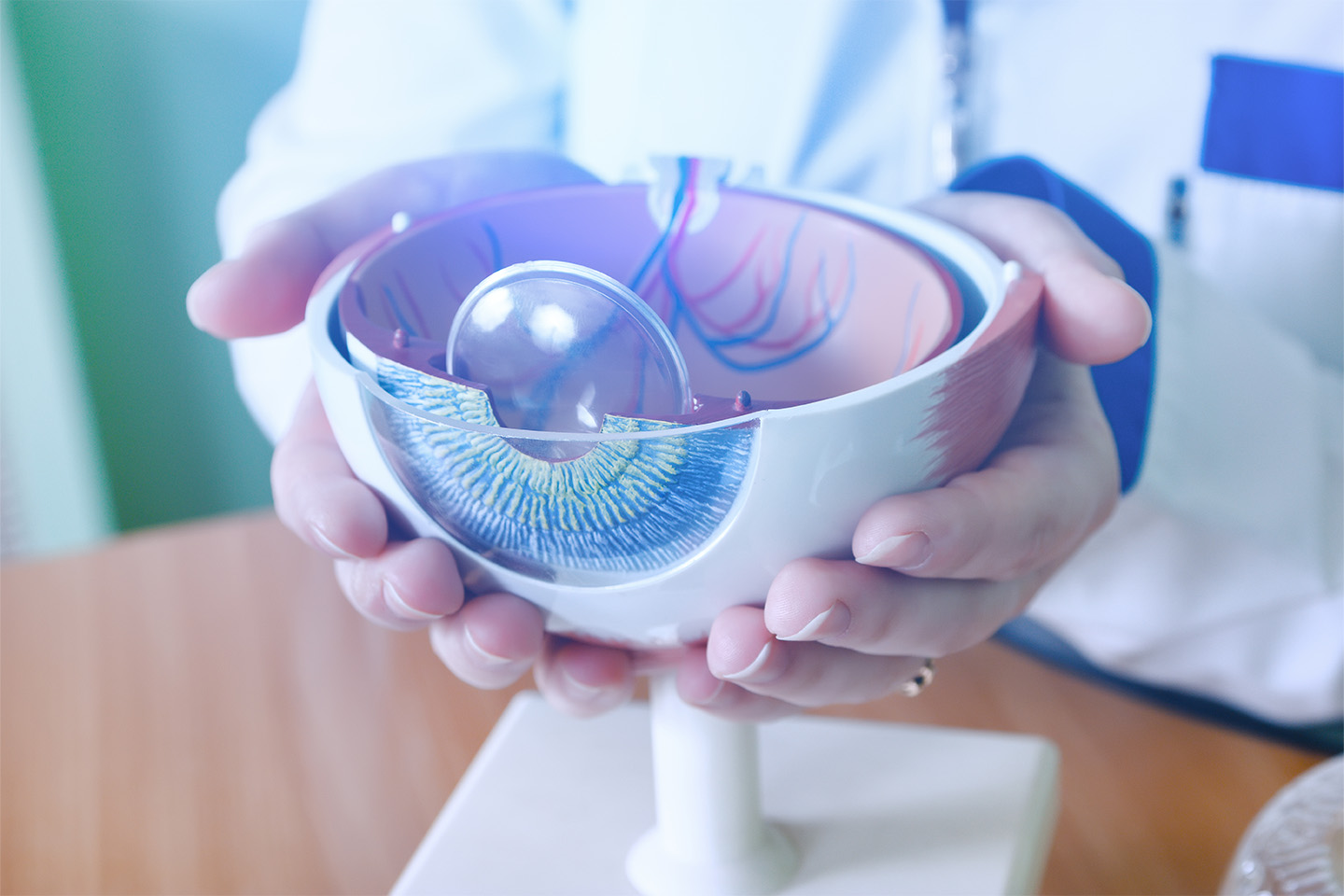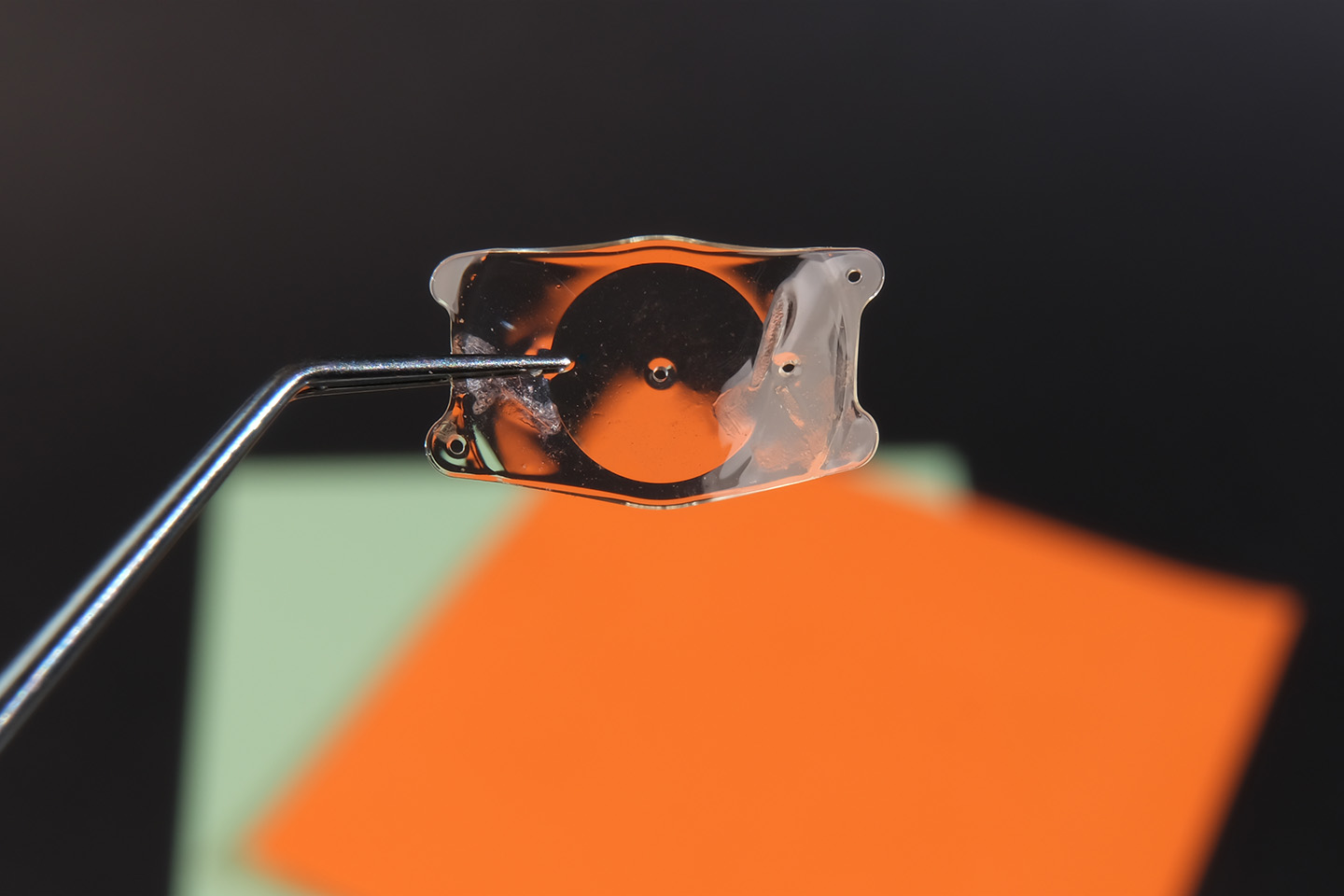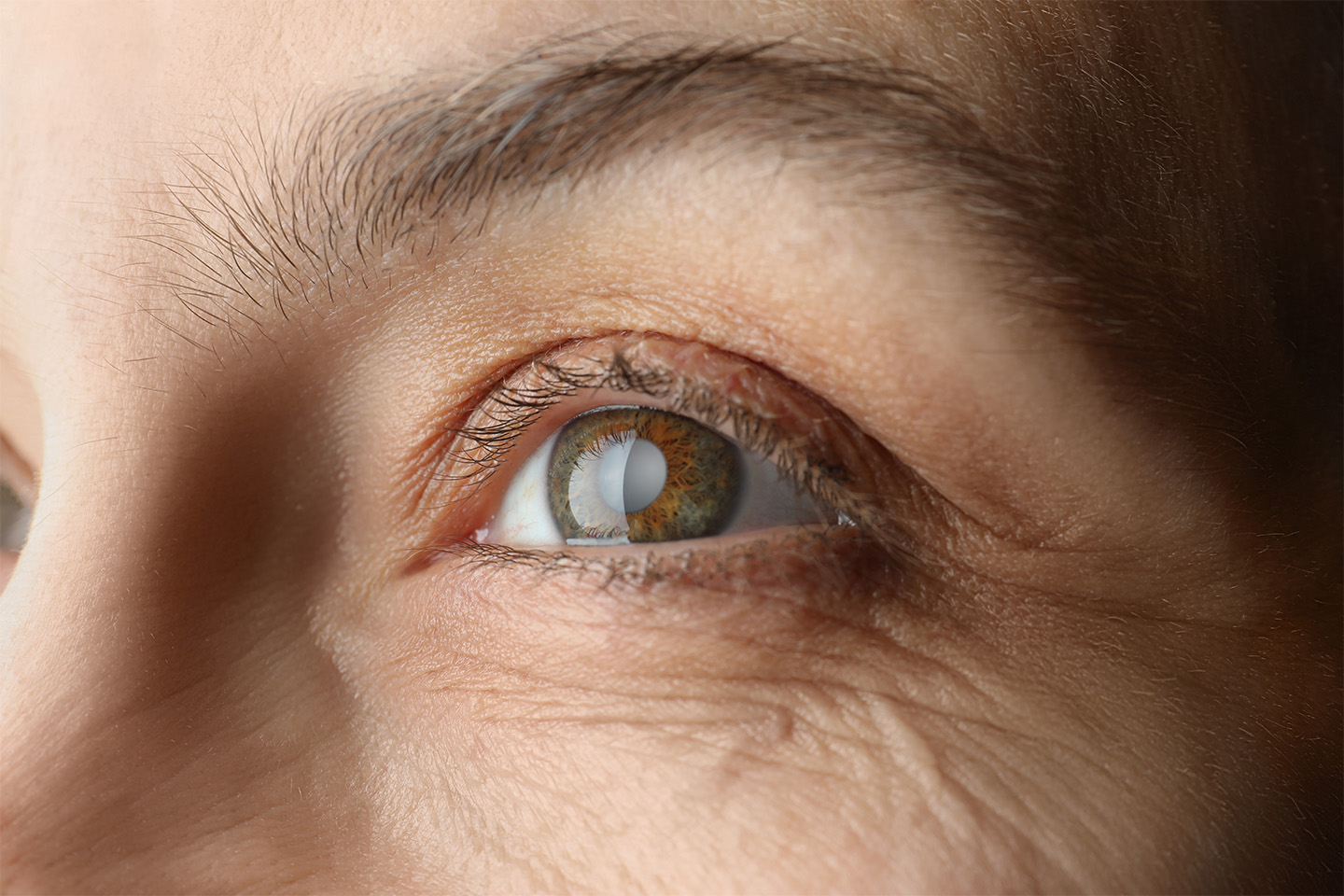Eye Care Series: Understanding the Causes of Keratoconus

When your eye’s cornea loses its structure, making it hard for you to see clearly, this could be because of keratoconus. This is a condition that makes the cornea, where incoming light is focused at the front of the eye, less able to hold its shape. Over time, keratoconus can significantly affect vision, so prompt diagnosis and treatment are important. Keratoconus usually begins early in life, typically in adolescence, and continues to progress into the 20s, 30s, or later.
Modern Corneal Topography Has Significantly Improved the Diagnosis of Keratoconus
Your eye doctors at ICON Eyecare in the Front Range use advanced technologies to diagnose and treat keratoconus. As advanced eye professionals offering cataract and LASIK surgery in the Denver metro area, we have a deep understanding of the eye’s structures and the expertise to help you see better. In the case of keratoconus, recent advances in corneal topographic technology have made it much easier to recognize this condition. In the past, traditional slit lamp examination only occasionally identified the characteristic bulging shape of the cornea.
Causes of Keratoconus
The symptoms of this eye condition tend to be somewhat general, such as slightly blurry or distorted vision, redness or swelling of the eyes, or sensitivity to glare. It’s thought to be genetic for many patients, and associated with eye allergies, excessive rubbing of the eyes, and certain connective tissue disorders such as Ehlers-Danlos syndrome or Marfan syndrome. Other risk factors include:
- Sleep apnea
- Floppy eyelid syndrome
- Retinitis pigmentosa
- Family history of keratoconus
- Down syndrome
At ICON Eyecare, our ophthalmologists in Denver can help patients with diagnosis and a range of treatment options. There are established ways to reduce and sometimes prevent the limitations that keratoconus can impose, including difficulty with driving and other vision-dependent activities.
Common Signs of Keratoconus
In addition, to more general symptoms like slightly blurry vision, redness, and sensitivity to glare, other common signs of keratoconus include high astigmatism, significant starbursts in the field of vision, and decreased vision. Our doctors also commonly hear that keratoconus patients have a history of always rubbing their eyes or that they’ve never been to completely correct their vision. Patients also commonly say that there’s always been a glare or something “off” even with glasses and contacts.
Origins of Keratoconus
Researchers are hard at work to understand causes of keratoconus and how the cornea becomes thinner, weaker, and distorted in shape. It is suspected that a breakdown of collagen in the cornea is involved, possibly involving certain enzymes. Keratoconus isn’t a common inflammatory condition, but researchers are looking at related possibilities. Since there appears to be a genetic link, the identification of specific DNA markers is also being pursued.
Measuring Corneal Thickness and Deformation
Besides corneal topography and slit lamp examination, several other techniques such as computerized video keratography and ultrasound tachymetry are now used to measure the progress of the condition, and the response to treatment.
An Excellent Reason to Visit Our Ophthalmologists in Denver
We encourage you to visit our expert team for routine annual eye exams, visits to our specialty ophthalmologists, and for cataract and LASIK surgery in the Denver metro area. At ICON Eyecare, we help you see what matters. Contact us for an appointment today.
[DISPLAY_ULTIMATE_SOCIAL_ICONS]








